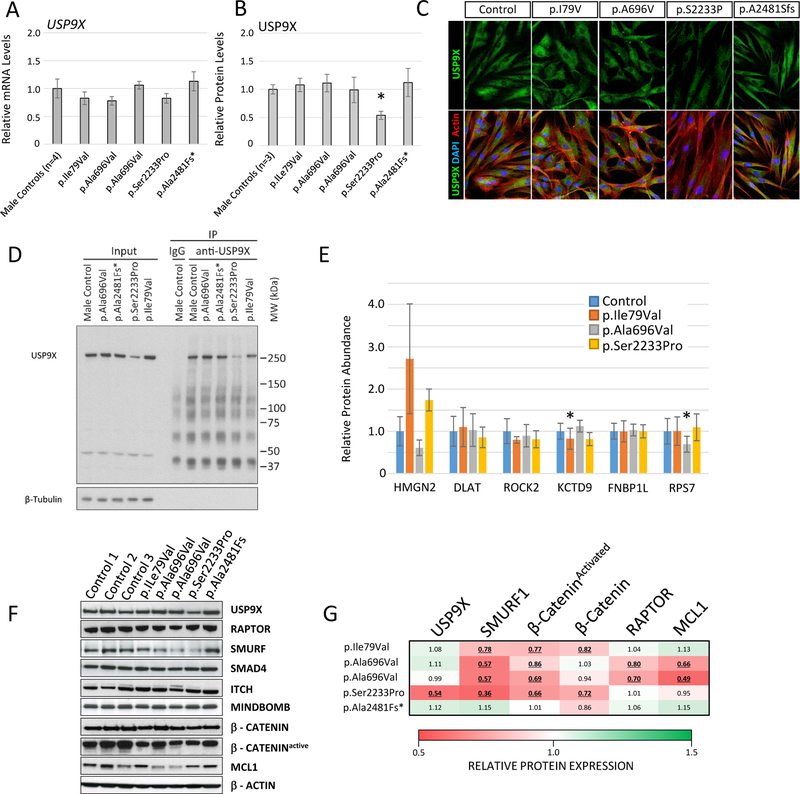Figure 3. USP9X variants impact substrates that regulate neurodevelopmental signalling pathways.
A. qRT-PCR of USP9X mRNA expression in male control and patient derived fibroblasts. B. Quantitation of n=3 western blot experiments analysing USP9X protein expression (See Figure S8). *p<0.05 Student’s t-test. C. Representative immunofluorescence images from control and USP9X variant fibroblast cell lines. D. Western-blot of representative USP9X immunoprecipitation (IP) experiment from control and USP9X variant fibroblast lysates. Immunoprecipitated proteins from n=3 independent experiments (See Figure S10) were analysed by tandem mass tag mass spectroscopy for quantitation. E. Relative protein quantities of significantly enriched USP9X interactors (enriched in USP9X IPs compared to IgG IPs in control cells) in variant USP9X IP experiments. *p<0.05 paired Student’s t-test. F. Representative western blot analysis of USP9X substrates implicated in neurodevelopmental signalling pathways in control and variant USP9X fibroblast cell lines. G. Quantitation of western-blots in C and replicates experiments (Figure S8; n=3 experiments). Values represent relative abundance compared to controls (n=3 cell lines); values underlined are significantly reduced (p<0.05 Student’s t-test).

